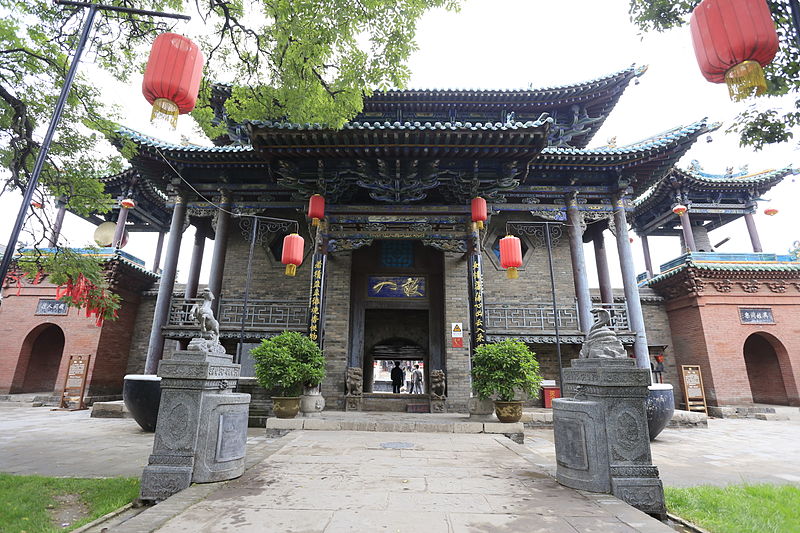The Pingyao Temple of the City God, located within the ancient city walls of Pingyao in Shanxi Province, China, is a sacred sanctuary steeped in centuries of history, spirituality, and cultural significance. As one of the most revered Taoist temples in northern China, it serves as a focal point for religious devotion, cultural preservation, and community cohesion, attracting pilgrims, tourists, and worshippers alike to its hallowed grounds.
The origins of the Pingyao Temple of the City God can be traced back to the Ming Dynasty (1368-1644), although it underwent significant expansions and renovations during the Qing Dynasty (1644-1912). Dedicated to Cheng Huang, the City God of Pingyao, the temple was believed to serve as a divine protector and guardian of the city and its inhabitants, overseeing matters of justice, morality, and prosperity.
Architecturally, the temple reflects the distinctive style of traditional Chinese religious architecture, characterized by its ornate rooftops, intricately carved wooden beams, and colorful decorative motifs. The main hall, known as the Hall of the City God, is the focal point of the temple complex, housing a statue of Cheng Huang enshrined on an elaborate altar adorned with offerings and incense.
Surrounding the main hall are a series of courtyards, pavilions, and auxiliary buildings, each serving a specific religious or ceremonial function. These include halls dedicated to various deities, ancestral shrines, prayer halls, and meditation chambers, providing worshippers with spaces for contemplation, reflection, and spiritual practice.
One of the most striking features of the Pingyao Temple of the City God is its vibrant and meticulously crafted decorative elements. Intricate woodcarvings, painted murals, and gilded sculptures adorn the temple’s halls and pavilions, depicting scenes from Chinese mythology, Taoist cosmology, and historical legends. These artistic treasures not only showcase the skill and craftsmanship of ancient artisans but also serve as a visual expression of Taoist beliefs and values.
Throughout its long history, the Pingyao Temple of the City God has played a central role in the religious and cultural life of the community. It has served as a venue for religious ceremonies, festivals, and rituals, providing a sacred space for worshippers to express their devotion, seek blessings, and offer prayers for prosperity and protection.
In addition to its religious significance, the temple has also served as a center for cultural preservation and heritage conservation. It has been the focus of ongoing efforts to restore and maintain its architectural integrity, safeguarding its historical and artistic treasures for future generations to appreciate and enjoy.
Today, the Pingyao Temple of the City God continues to be a place of pilgrimage and worship, drawing visitors from far and wide to experience its spiritual tranquility and architectural splendor. Whether seeking divine guidance, cultural enrichment, or simply a moment of respite from the hustle and bustle of modern life, visitors to the temple are greeted with a sense of reverence and awe, reminding them of the enduring power of faith and tradition in shaping the human experience.

